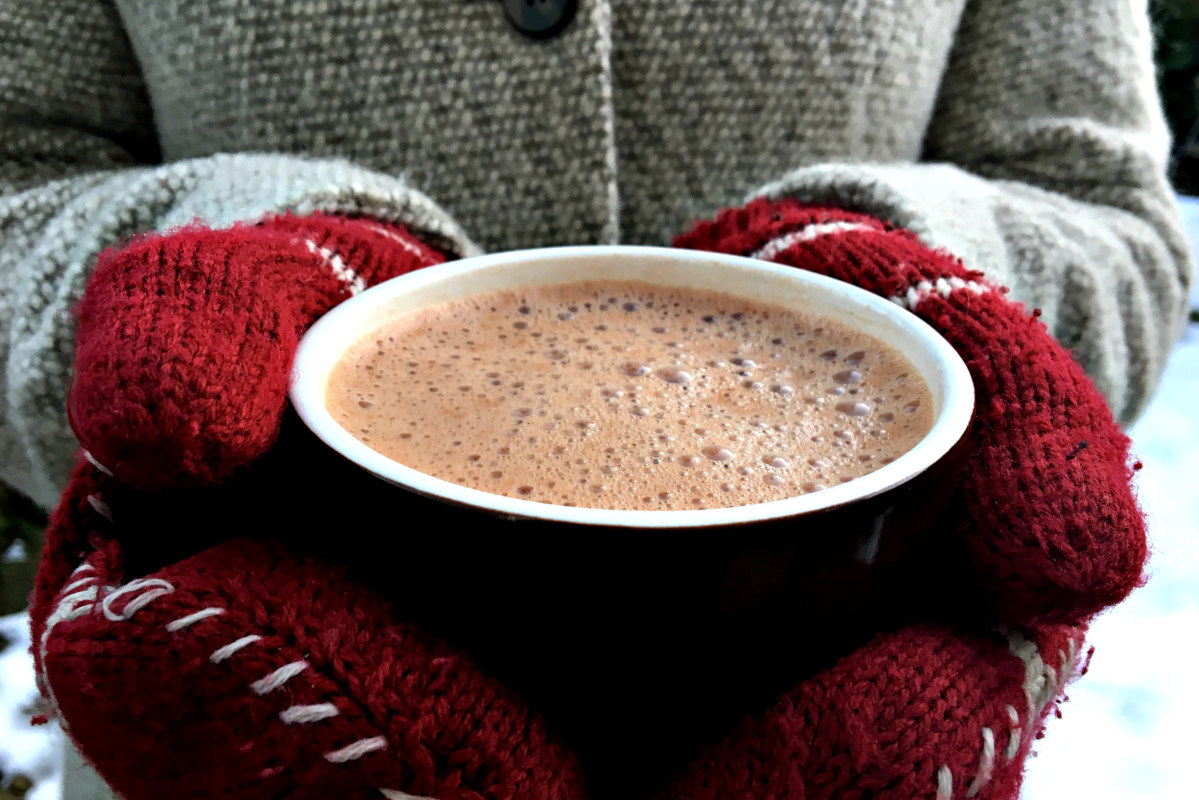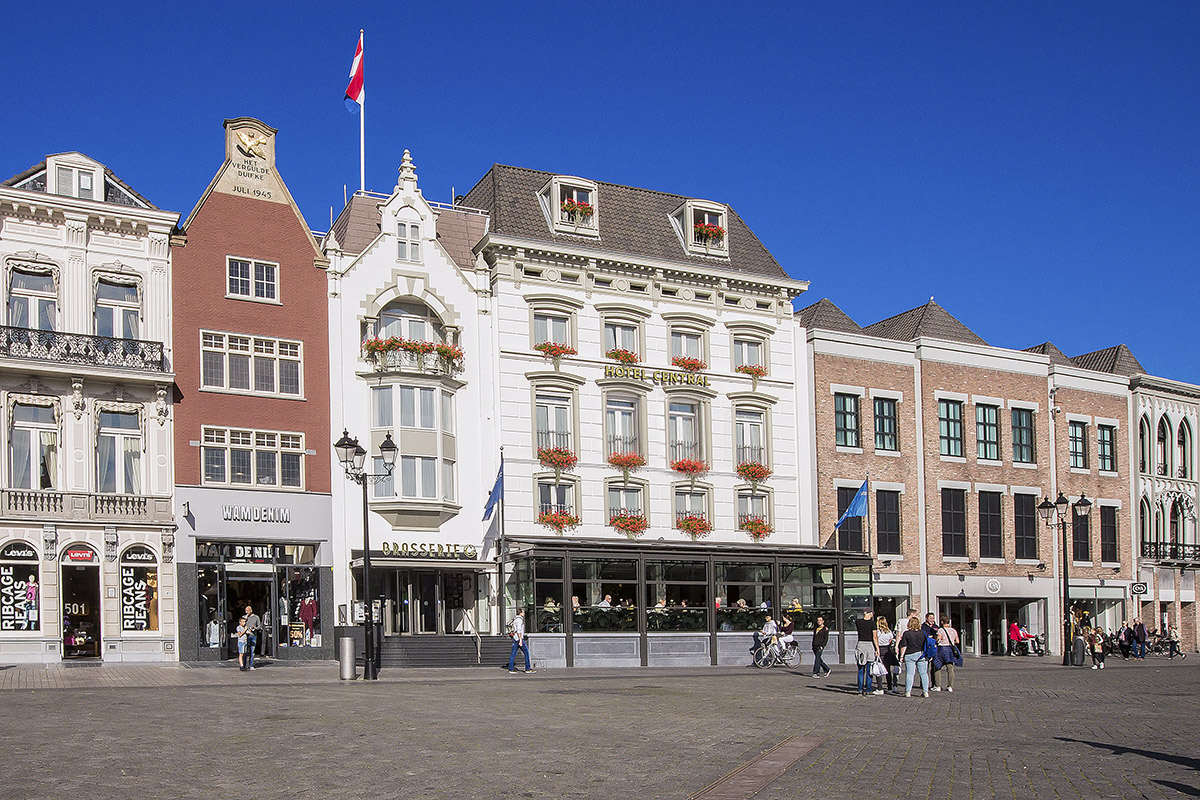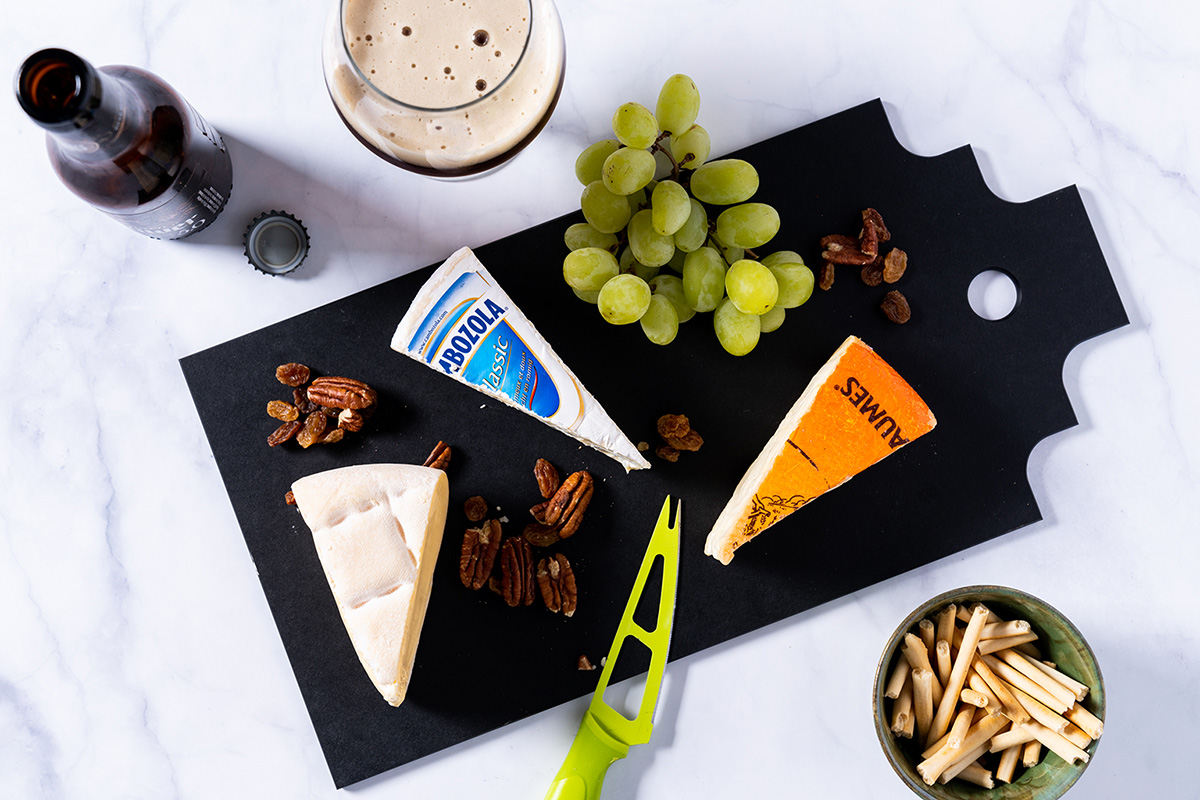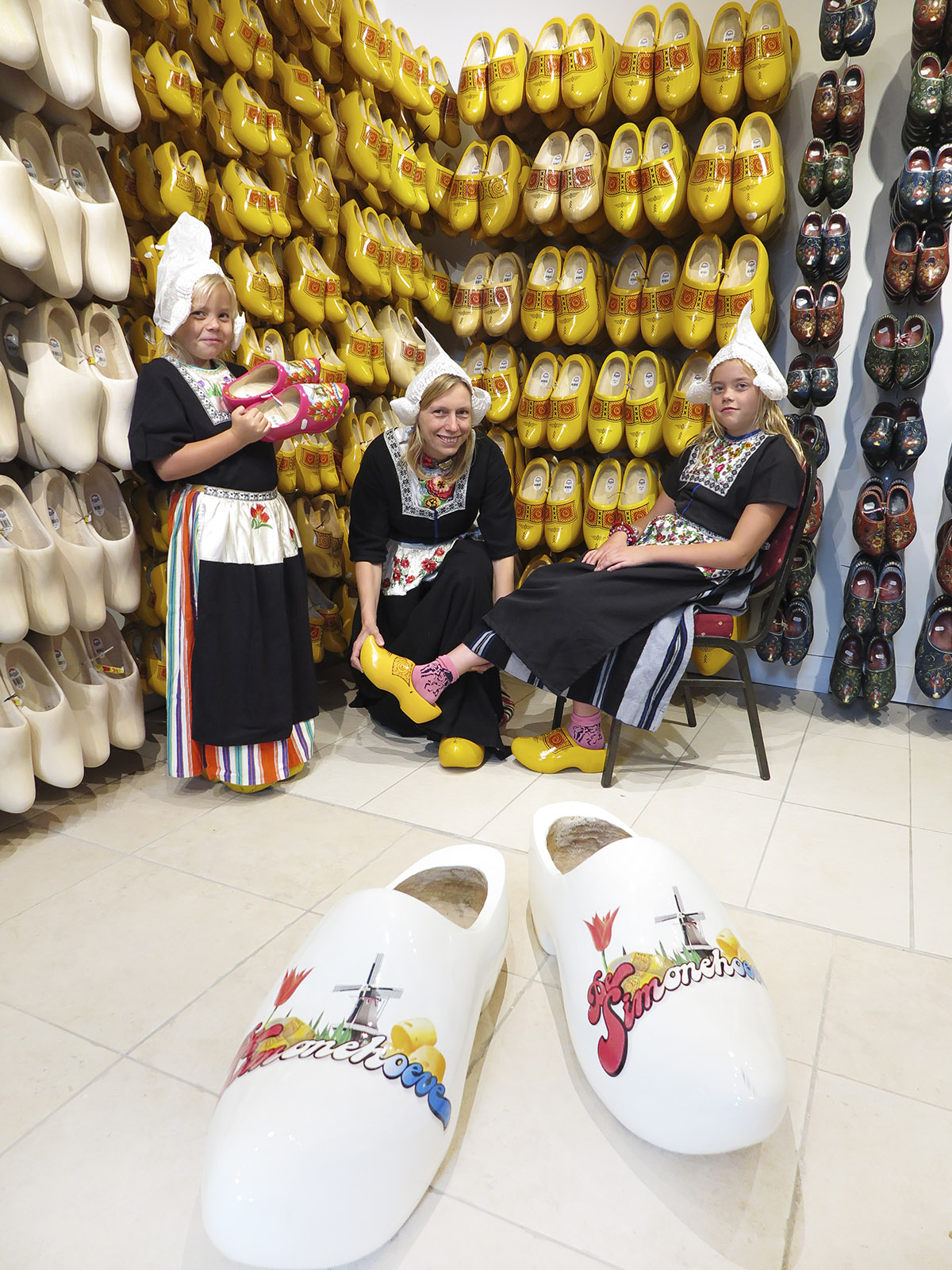Ten of the Best Dutch & Belgian Comfort Foods

When the weather starts to get colder and the days shorter, there’s nothing quite as comforting as savouring a hearty meal full of robust, warming flavours or sitting down with a steaming cup of tea and a freshly baked treat. With their rich stews, thick soups and spice-infused desserts, the Dutch and Belgians certainly know a thing or two about eating well when the temperatures drop. The following selection of winter classics are not only an integral part of their culinary culture (some dishes go back centuries), but they are also a delicious way to celebrate the season ahead.
TEXT & PHOTO: PAOLA WESTBEEK
1. Appeltaart
Dutch ‘appeltaart’ is one of the most popular pies served at everything from morning coffee breaks to birthdays. You’ll even find it on most restaurant menus. A proper appeltaart has a thick, buttery crust with a dense crumb and apples that are juicy and tart such as ‘goudrenet’. Freshly whipped cream is a must! The first recorded apple pie recipe dates back to 1514 and was found in the cookbook Notabel Boecxken van Cokeryen. By the following century, six varied recipes were featured in the popular Dutch cookbook De Verstandige Kok (1669), accounting for one-quarter of the book’s pie recipes.

Appeltaart. Photo © Pixabay
2. Chocolademelk
Drinking hot chocolate was introduced into the Low Countries by the Spanish Duke of Alva in the second half of the 16th century. At first, chocolate drinks were a luxury which only few could afford. The wealthy often treated guests to a cup of hot chocolate flavoured with exotic ingredients such as cinnamon, vanilla and other costly spices. Cacao beverages were also believed to promote good health. Until the 19th century, doctors would often prescribe drinking chocolate to their patients, firmly believing in the drink’s restorative properties. As if we needed an excuse to drink it today!

Stoofvlees. Photo © Paola Westbeek
3. Stoofvlees
Dutch winter Sundays are practically made for slow-cooked dishes such as this one. Large chunks of beef are quickly seared before onions, herbs and wine, beer or stock are added. The dish is cooked on a very low heat for approximately three hours and should be served with boiled or mashed potatoes and red cabbage with apple or stewed pears. ‘Stoofvlees’ is sometimes called ‘draadjesvlees’, basically meaning ‘shredded meat’ and referring to the fact that the meat should be cooked until it’s so tender that it falls apart.

Waterzooi. Photo © Visit Flanders
4. Waterzooi
Waterzooi is a creamy soup made with chicken or fish, potatoes, carrots and celery. The dish dates back to the 13th century when it called for freshwater fish from the waters around Ghent, where it originates. Large amounts of fish such as eel, carp, pike and perch were attracted to the flour that landed in the river around the grain mill in Braempoort, becoming the perfect ingredient for an inexpensive meal. By the end of the 19th century, the waters had become heavily polluted as a result of industrialisation, and fish, now considered a luxury food, was replaced with chicken.

Erwtensoep. Photo © Takeaway
5. Erwtensoep
Colloquially referred to as ‘snert’, this stick-to-the-ribs soup is made with split peas, potatoes, pork and rookworst (smoked sausage). It is served with a slice of rye bread topped with smoked bacon and should be thick enough that you can stand a spoon in it! Dutch cookbooks first made mention of the smoked sausage used in the soup in the 18th century. At the time, it was only made during November (the butchering month). De Volmaakte Geldersche Keuken-meyd (1756) describes exactly how the sausages should be smoked using oak or beech wood, either by the fireplace or in special smoking rooms.

Witlofschotel. Photo © Visit Flanders
6. Witlofschotel
According to legend, witlof (Belgian endive) was discovered accidentally during the Belgian Revolution in 1830. Before being forced to leave his land in Schaarbeek, farmer Jan Lammers planted chicory roots under a layer of soil in a dark cellar. He was quite surprised when upon his return, he discovered they had sprouted and grown white leaves, hence the Dutch name (‘wit’ – ‘white’, ‘lof’ – ‘leaves’). Witlofschotel features the vegetable wrapped in ham and crowned with a thick béchamel sauce and a generous scattering of cheese. It is the classic way to enjoy Belgian endive and loved in both Holland and Belgium.

Gevulde Speculaas. Photo © Paola Westbeek
7. Gevulde speculaas
A Sinterklaas favourite, these aromatic cookie bars are filled with sweetened almond paste and topped with a scattering of almond slivers. It is believed that the spices used in the recipe (speculaaskruiden) were first introduced to the Netherlands by the Romans in the 5th and 6th centuries. During the Golden Age, and because of the United East India Company’s monopoly over the spice trade, they were a luxury reserved for the kitchens of the rich. The spice mix contains cinnamon, ginger, cloves, nutmeg, cardamom and white pepper.

Carbonade Flamande. Photo © Visit Flanders
8. Carbonade Flamande
Besides mussels, this carbonade flamande is one of the most popular Belgian dishes. The first recorded recipes date back to the 19th century and call for stewing beef, onions, herbs such as thyme and bay leaf, and dark beer. Towards the end of the cooking time, a slice of bread slathered with mustard is sometimes added to bind the sauce. Traditionally, the dish should be served with thick-cut chips and tangy Belgian mayonnaise. Don’t be surprised if you find the dish on the menu of restaurants in northern France – it’s very much appreciated there, too!

Luikse Ballen. Photo © Paola Westbeek
9. Boulets à la Liégeoise
By now you may have noticed that Belgians love cooking with beer, and this dish is no exception. A brasserie favourite hailing from Liège, it consists of large pork and beef meatballs braised in a sweet sauce made with beer, raisins and thick, dark apple or pear syrup. They are usually served with chips and are a staple at Belgian ‘friteries’. The dish is also known by its Flemish name: ‘Luikse ballen’.

Konijn met krieken. Photo © Paola Westbeek
10. Konijn met kriek
Known as kriek lambic, the beer used in this hearty rabbit stew was traditionally made with sour morello cherries (krieken) from Schaarbeek, a municipality located to the northeast of the city of Brussels. Today, other varieties of cherries (or even cherry juice) are used, but the results are still the same: an intensely fruity and aromatic beer. It not only makes the rabbit legs incredibly tender, but also makes the sauce luscious and fragrant. Serve the dish with pommes duchesse and not beer, but a light and earthy pinot noir with soft tannins.
Subscribe to Our Newsletter
Receive our monthly newsletter by email




